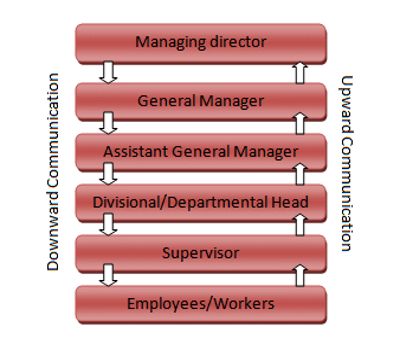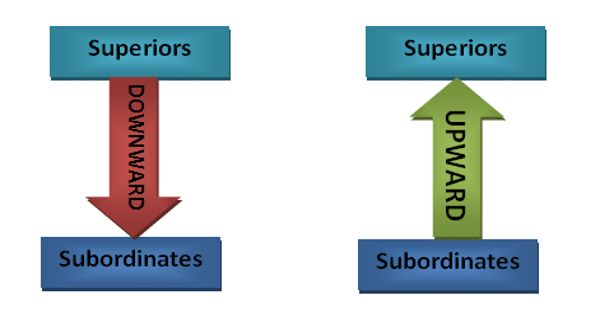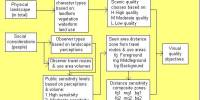Vertical communication is the communication where information or messages flows between or among the subordinates and superiors of the organization. The vertical network is usually between the superior and subordinate and vice versa. It can happen either in the top to bottom or bottom to top format. It is a two-way communication. This network thus enables two-way communication wherein immediate feedback is a common practice. This communication provides an immediate response as the receiver receives the information faster than any other network. This is a direct link between the employees and their subordinates and thus the chance of miscommunication is very low.
Vertical communication is a type of flow of information between members of an organization who are on different levels of its hierarchy. It can be used both in a downward and upward direction.
Immediate feedback is possible in this type of communication network. It is the communication where information or messages flows within the top level of the organizational structure and bottom level of the organizational structure. It involves an exchange of messages between two people or it may flow through several different levels in the organizational hierarchy. It is a formal network. So consequently it is suitable for communications between different levels of employees. For example a higher ranking manager and a lower-ranking official. Vertical communication examples are – instructions, business orders, formal reports, reports about work done.

Vertical communication is communication that flows up and down the organization, usually along the chain of command or formal reporting lines; it takes place between managers and their superiors and subordinates. Miscommunication does not happen in this network as this is a type of direct communication. In this communication, employees are given the chance to give feedback, although the final decision is taken by top management. With this communication, management interacts with employees and makes room to address their concerns. It creates an enabling environment for participation in decision-making.
Information Source:
















